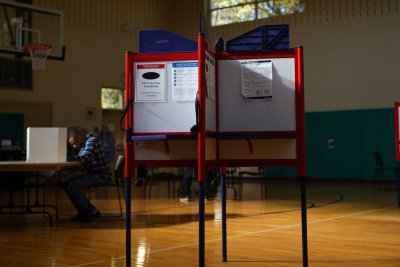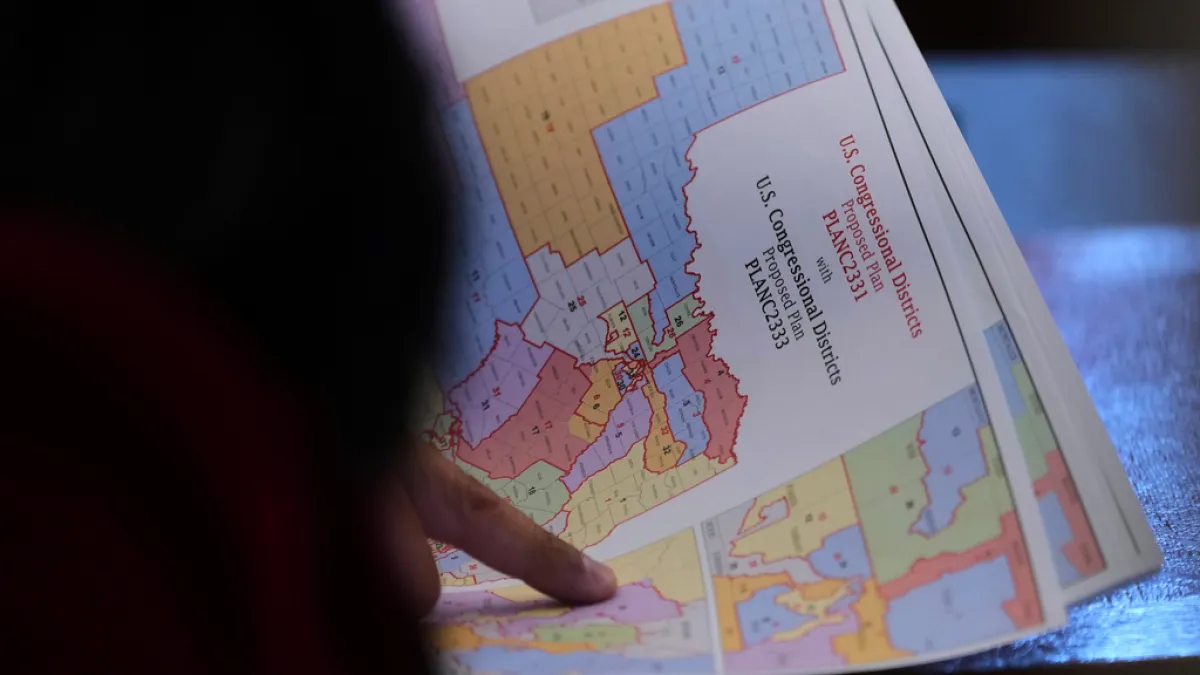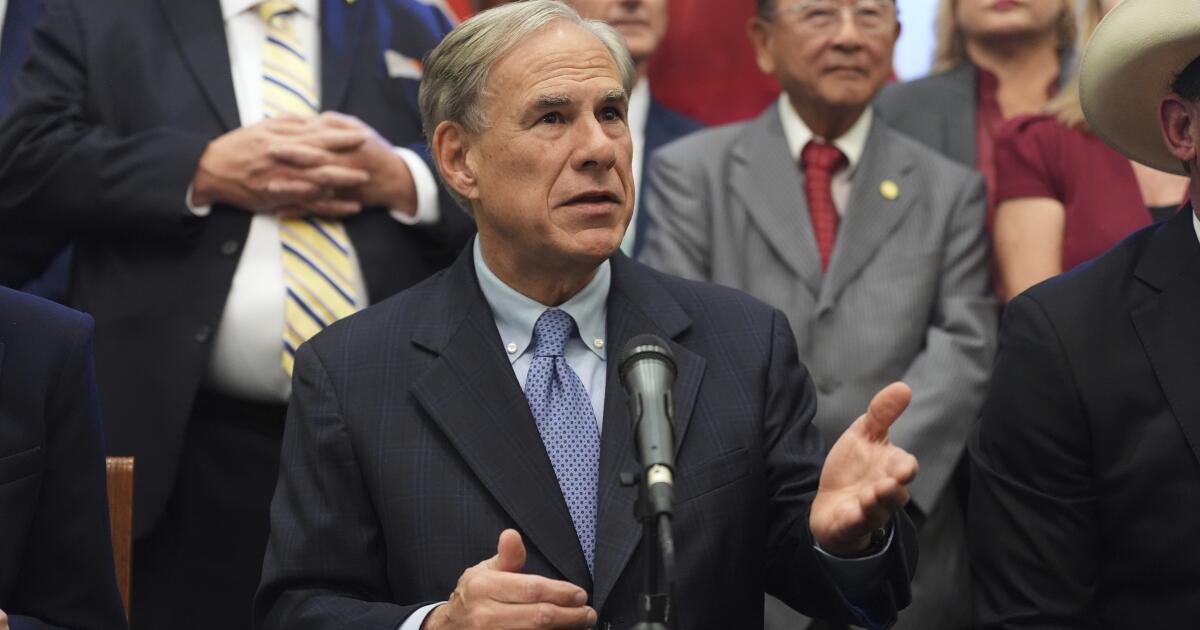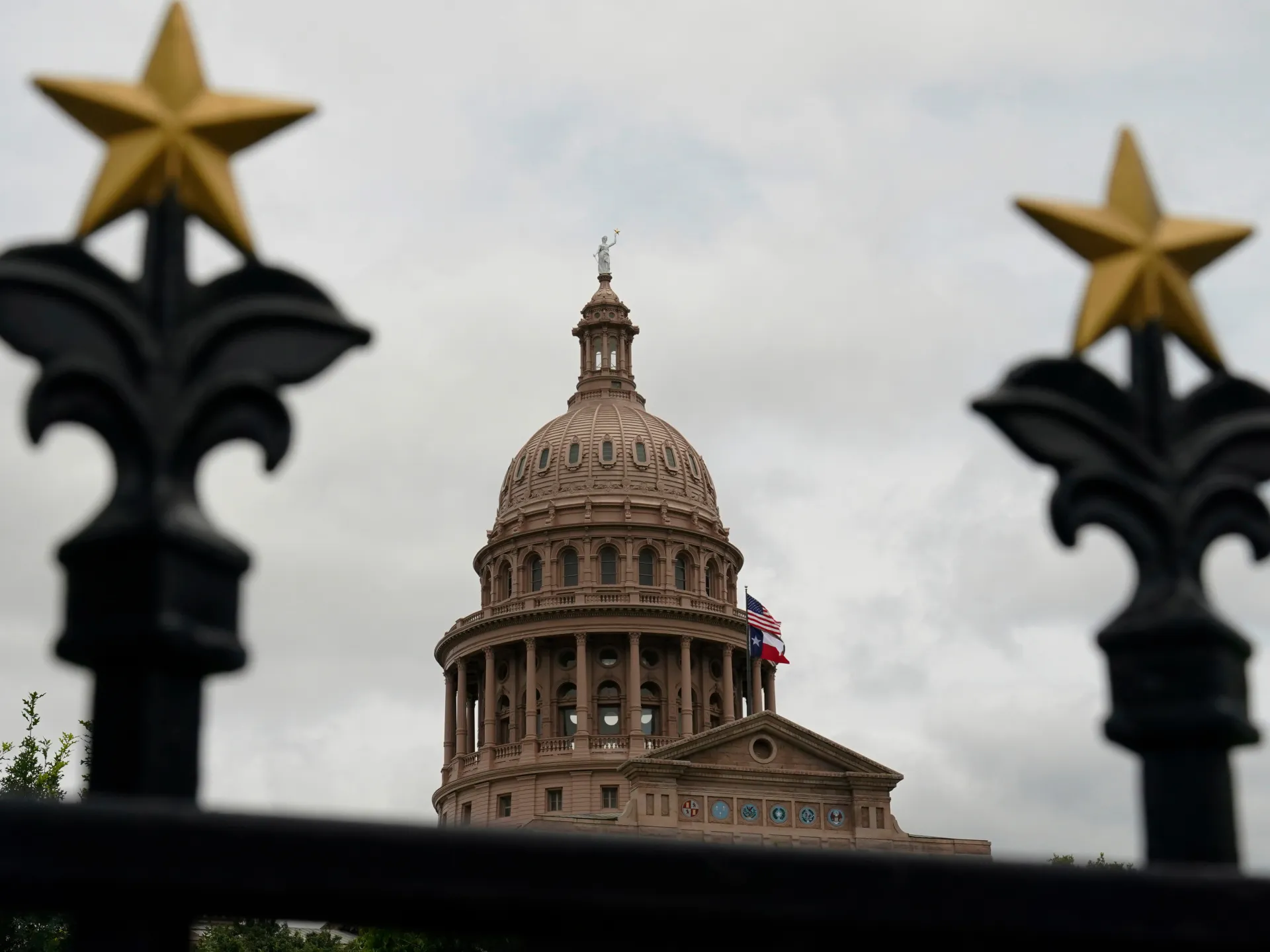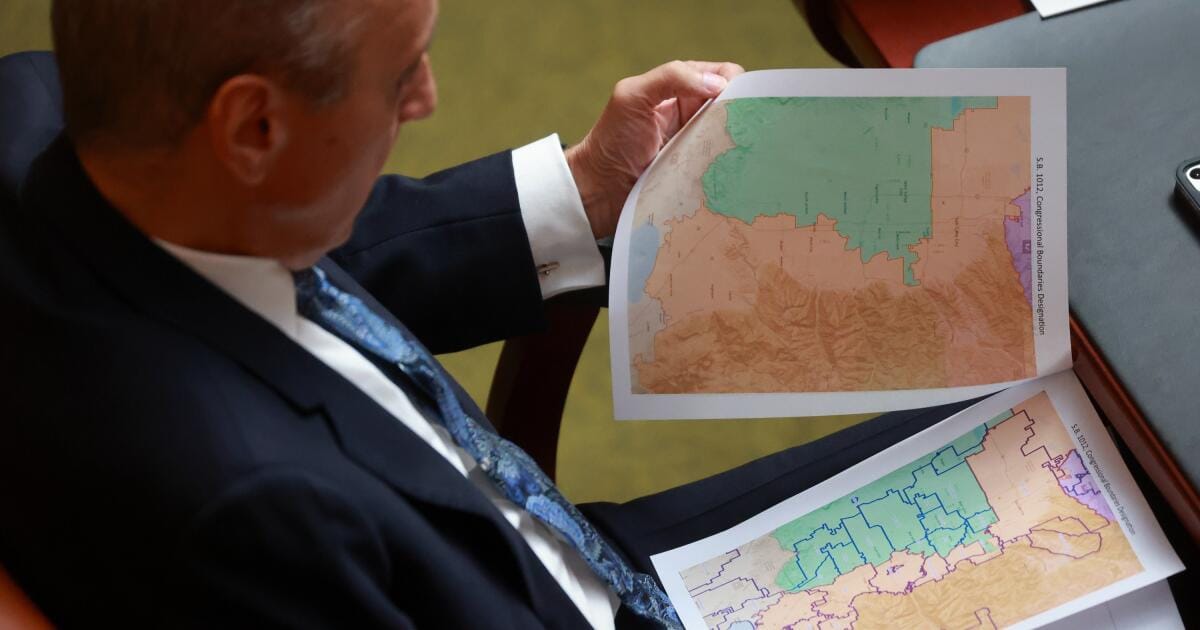Six years ago, when the U.S. Supreme Court upheld highly partisan state election maps in North Carolina and Maryland — ruling that federal courts cannot block states from drawing up maps that favor one party over the other — one of the court’s liberal justices issued a warning.
“If left unchecked, gerrymanders like the ones here may irreparably damage our system of government,” Associate Justice Elena Kagan wrote in a dissent.
Kagan argued that Republicans in North Carolina and Democrats in Maryland — the two examples before the court — had rigged elections in a way that “deprived citizens of the most fundamental of their constitutional rights,” “debased and dishonored our democracy” and turned “upside-down the core American idea that all governmental power derives from the people.”
“Ask yourself,” Kagan said as she recounted what had happened in each state: “Is this how American democracy is supposed to work?”
That’s the question Californians are now weighing as they decide how, or whether, to vote on Proposition 50, Gov. Gavin Newsom’s plan to scrap congressional maps drawn by the state’s independent redistricting commission and replace them with maps drawn by legislators to favor Democrats through 2030.
Democrats don’t deny that the measure is a deliberate attempt to dilute GOP voting power.
From the start, they’ve argued that the point of redistricting is to weaken Republicans’ voting power in California — a move they justify on the grounds that it is a temporary fix to offset similar partisan gerrymandering by Texas Republicans. This summer, President Trump upped the ante, pressing Texas to rejigger maps to shore up the GOP’s narrow House majority ahead of the 2026 election.
Experts say opponents of Proposition 50 have no viable federal legal challenge against the new maps on the basis that they disenfranchise a large chunk of California Republicans. Even since the 2019 U.S. Supreme Court decision Rucho vs. Common Cause, complaints of partisan gerrymandering have no path in federal court.
Already, Proposition 50 has survived challenges in state court and is unlikely to be successfully challenged if passed, said Richard L. Hasen, professor of law and director of the Safeguarding Democracy Project at UCLA School of Law.
“If you’re a Republican in California, or you’re a Democrat in Texas, you’re about to get a lot less representation in Congress,” Hasen said. “I don’t think there’s anything you can do about that.”
If Californians vote in favor of the measure on Tuesday, the number of Republicans in the state’s House — nine of 52 total members — would likely be reduced by five. That could mean Republicans have less than 10% of California’s congressional representation even though Trump won 38% of the 2024 vote.
“All of this is unconstitutional, but the federal courts aren’t available to help,” said Justin Levitt, a law professor at Loyola Law School.
“Every time you redraw a district specifically to protect some candidates and punish others,” Levitt said, “what you’re basically saying is it shouldn’t be up to the voters to weigh in on whether they think the candidates are doing a good job or not.”
Possible legal avenues
But even if the issue of partisan gerrymandering is blocked in federal courts, there are other potential legal avenues to challenge California’s new legislative maps.
One route would be to claim that Proposition 50 violates the California Constitution.
David A. Carrillo, executive director of the California Constitution Center at Berkeley Law, said that if Proposition 50 passes, he expects a barrage of “see what sticks” lawsuits raising California constitutional claims. They stand little chance of success, he said.
“Voters created the redistricting commission,” he said. “What the voters created they can change or abolish.”
Attorneys might also bring racial discrimination claims in federal court alleging California lawmakers used partisan affiliation as a pretext for race in drawing the maps to disenfranchise one racial group or another, Carrillo said. Under current law, he said, such claims are very fact-dependent.
Attorneys are already poised to file complaints if the referendum passes.
Mark Meuser, a conservative attorney who filed a state complaint this summer seeking to block Proposition 50, said he is ready to file a federal lawsuit on the grounds that the new maps violate the Equal Protection Clause in the 14th Amendment of the U.S. Constitution.
“We’re saying that race was a predominant factor in drawing the lines,” Meuser said. “When race is a predominant factor in drawing the lines without a compelling interest, strict scrutiny will mandate the maps be stricken.”
Some legal experts believe that would be a tricky case to prove.
“It sure seems like the new map was oriented predominantly around politics, not race,” Levitt argued. “And though they’d be saying that race was a predominant factor in drawing the lines, that’s very, very, very different from proving it. That’s an uphill mountain to climb on these facts.”
Some experts think the new maps are unlikely to raise strong Voting Rights Act challenges.
Eric McGhee, a senior fellow at the Public Policy Institute of California who specializes in elections, said the new districts appeared to have been carefully carved to preserve Latino- or Black-majority districts.
A successful challenge is possible, McGhee said, noting there are always novel legal arguments. “It’s just the big ones that you would think about that are the most obvious and the most traditional are pretty closed,” he said.
Supreme Court looms large
Ultimately, legal experts agree the fate of California maps — and other maps in Texas and across the nation — would depend on the Supreme Court’s upcoming ruling on a redistricting case from Louisiana.
Last month, conservative Supreme Court justices suggested in a hearing that they were considering reining in a key part of the landmark 1965 Voting Rights Act that prohibits voting practices or procedures that discriminate on the basis of race, color, or membership in a language minority group.
“Whatever happens with Proposition 50 — pass or fail — almost doesn’t matter in the grand scheme of things,” Carrillo said, noting that the Supreme Court could use the Louisiana case to strike Section 2 of the Voting Rights Act. “There’s a big litigation storm coming in almost any scenario.”
Levitt agreed that the Supreme Court ruling on the Voting Rights Act, which could come any time between now and June, could change current law. But he stressed it is impossible to predict how broad the ruling could be.
“Whether that leaves any of California’s districts vulnerable — either in the current map or in the map if Prop. 50 passes — depends entirely on what Scotus says,” Levitt argued. “There are only nine people who know what they’ll actually say, and there are a lot of possibilities, some of which might affect California’s map pretty substantially, and some of which are unlikely to affect California’s map at all.”
Will Congress intervene?
As the redistricting battle spreads across the country and Democratic and Republican states look to follow Texas and California, Democrats could ultimately end up at a disadvantage. If the overall tilt favors Republicans, Democrats would have to win more than 50% of the vote to get a majority of seats.
Congress has the power to block partisan gerrymandering in congressional map drawing. But attempts so far to pass redistricting reform have been unsuccessful.
In 2022, the House passed the Freedom to Vote Act, which would have prohibited mid-decade redistricting and blocked partisan gerrymandering of congressional maps. But Republicans were able to block the bill in the Senate, even though it had majority support, due to that chamber’s filibuster rules.
Another option is a narrower bill proposed this summer by Republican Rep. Kevin Kiley, who represents parts of the Sacramento suburbs and Lake Tahoe and could lose his seat if Proposition 50 passes. Kiley’s bill, along with similar legislation introduced by California Democratic representatives, would ban mid-decade redistricting.
“That would be the cleanest way of addressing this particular scenario we’re in right now, because all of these new plans that have been drawn would become null and void,” McGhee said.
But in a heavily deadlocked Congress, Kiley’s bill has little prospect of moving.
“It may have to get worse before it gets better,” Hasen said.
If the redistricting war doesn’t get resolved, Hasen said, there will be a continued race to the bottom, particularly if the Supreme Court weakens or strikes down Section 2 of the Voting Rights Act.
Another scenario, Hasen argued, is Democrats regain control of Congress and the presidency, overcome the filibuster rule and pass redistricting reform.
If that doesn’t happen, Levitt said, the ultimate power rests with the people.
“If we want to tell our representatives that we’re sick of this, we can,” Levitt said. “There’s a lot that’s competing for voters’ attention. But that doesn’t mean that we don’t have agency here.”

